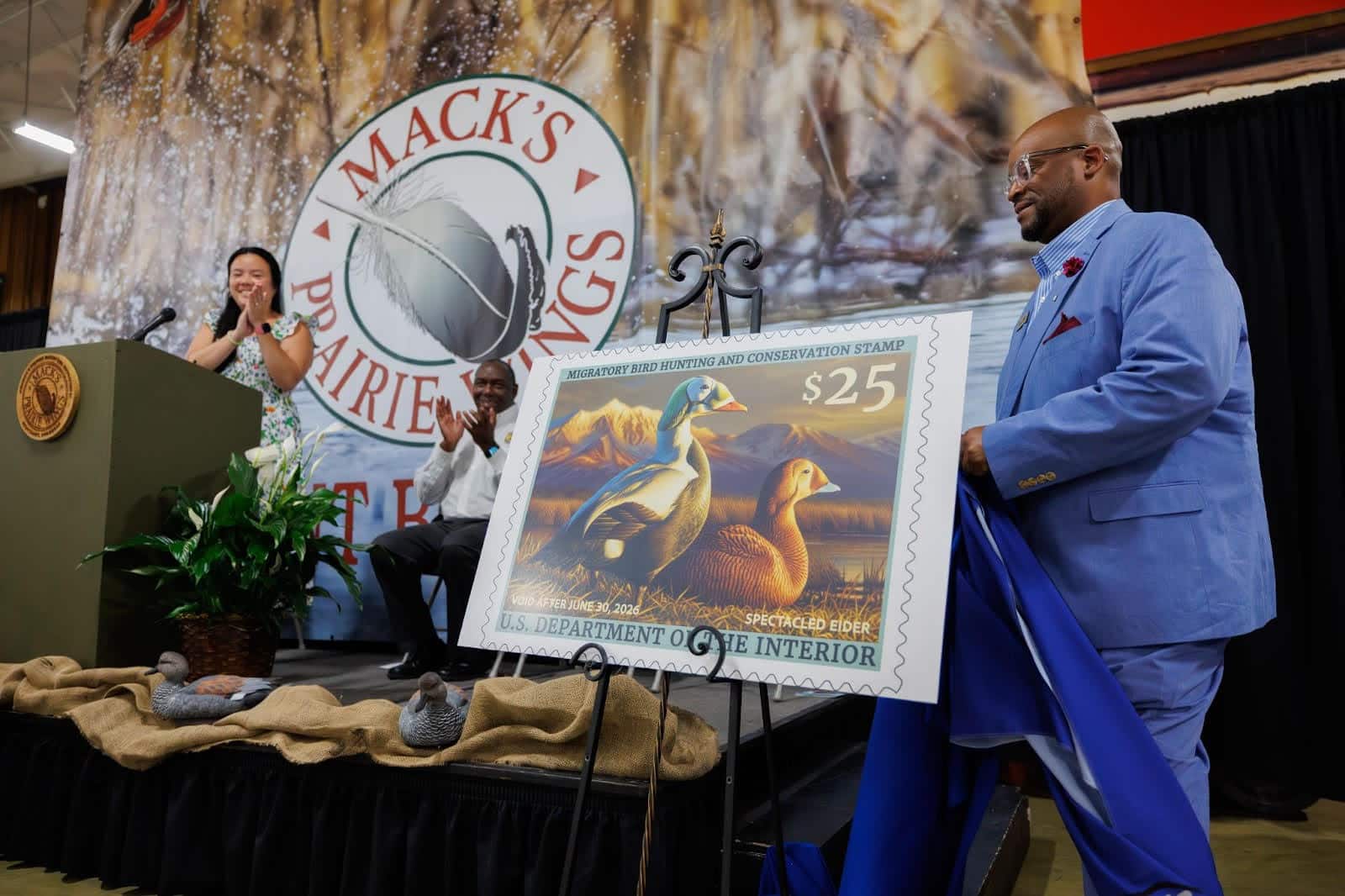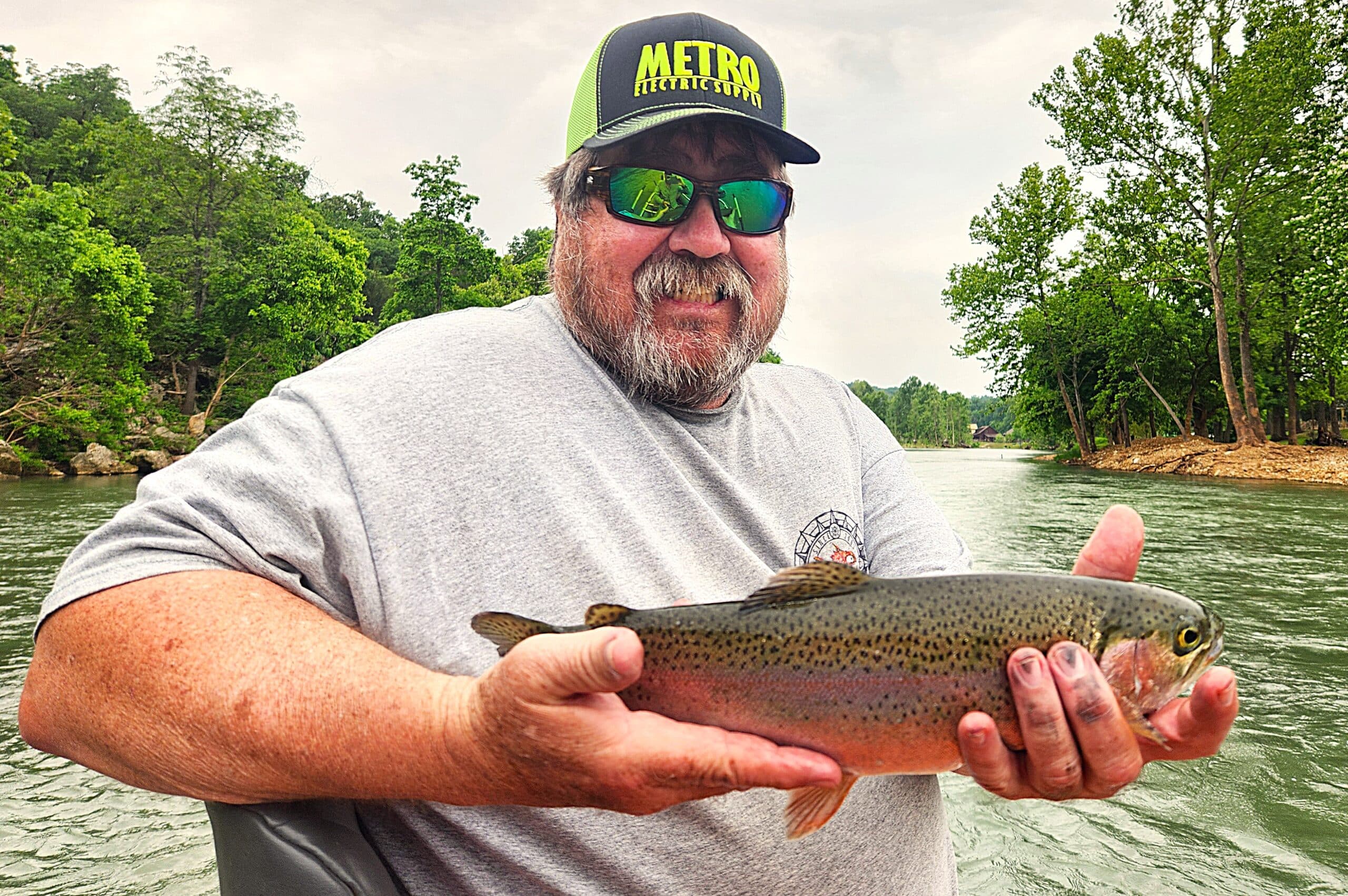AGFC opens new earthquake-fueled paddling adventure in northeast Arkansas
ON 08-12-2020
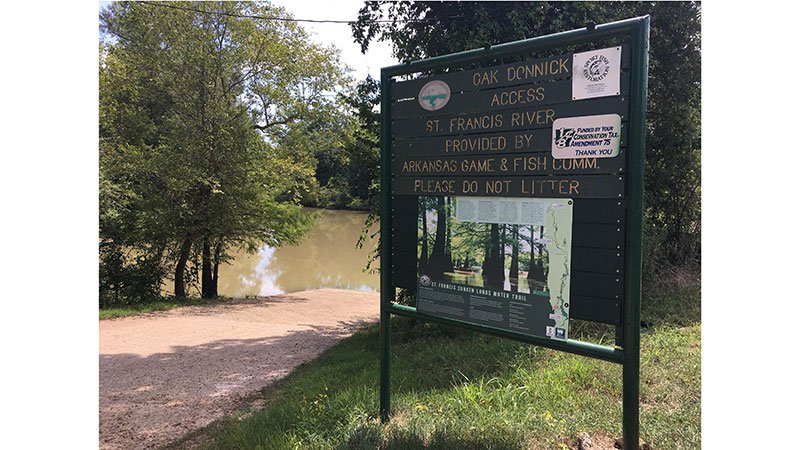
Aug. 12, 2020
Randy Zellers
Assistant Chief of Communications
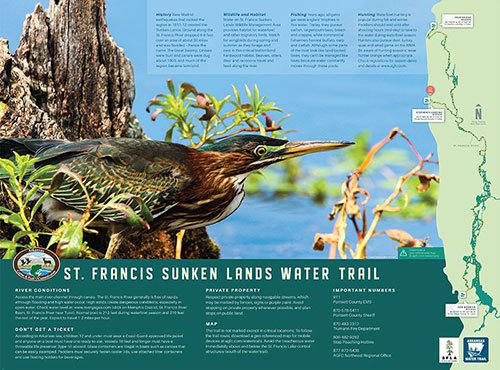
TRUMANN — The latest water trail added to the Arkansas Game and Fish Commission’s watchable wildlife destinations has been a long time in the making — about 208 years. St. Francis Sunken Lands Water Trail in Poinsett County takes advantage of the effects of the New Madrid earthquakes of 1811-12 and offers canoe and kayak enthusiasts a rare view of the creatures that call these bottomland hardwoods home.
“It hasn’t really been 200 years to make the trail, but it has been a long process to get this trail in place,” said Kirsten Bartlow, the AGFC’s watchable wildlife coordinator. “But the area has a unique history that stems from that era.”
The Sunken Lands were formed when the earthquakes rocked the Mid-South. The seismic activity caused ground along the St. Francis River to drop 6 to 8 feet over an area of about 30 miles. Reelfoot Lake in Tennessee was formed during the same event.
“History books tell us that one of the earthquakes was so violent, it caused the Mississippi River to flow backward for a short time,” Bartlow said.
Although the water trail has been on the “to-do” list for some time, Bartlow credits Jessica Homan, St. Francis Sunken Lands Wildlife Management Area biologist for the AGFC, and the St. Francis Lake Association for pushing the ball across the goal line.
“They were the real cheerleaders on this and Jessica did a lot of on-the-ground legwork to make it happen,” Bartlow said. “They’ve wanted to bring more people and attention to their area and have been a big part of its creation.”
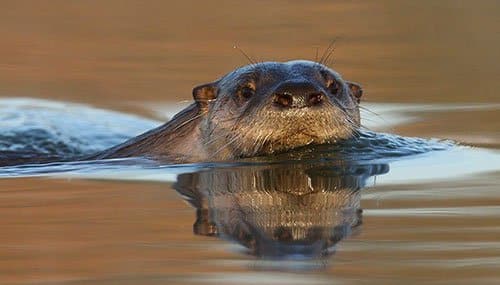
The new water trail snakes its way through 10 miles of the Sunken Lands, and three access points offer entry to the trail with informational signs at the boat launch. All of the access points are popular with waterfowl hunters who frequent the St. Francis Sunken Lands Wildlife Management Area in winter.
The trail starts at Iron Bridge Access, goes through Steven’s Landing Access, then down to the Oak Donnick Access. The water is relatively calm, with little current unless there has been recent rain. Paddling is possible both upstream and downstream in the wider portions of the Sunken Lands.
“I would suggest someone visiting for the first time put in at Oak Donnick and paddle upstream, exploring all the cypress swamps and wildlife in the area locals call ‘the wide water,’ then paddle back,” Bartlow said. “There’s a nice little loop they can make where they will see new ground for the entire float.”
Bartlow warns that trail markers are not used once you make it to the St. Francis River, and paddlers should download a special georeferenced map, available at www.agfc.com/en/explore-outdoors/wildlife-viewing/water-trails/st-francis-sunken-lands-water-trail/.
“We’ve created a virtual map people can download to their phones that will keep them on track,” Bartlow said. “You need to download the app ‘Avenza’ and add the St. Francis Sunken Lands, then you can follow the trail using your phone’s location services feature. We have a few water trails and watchable wildlife sites that use this technology, so it’s an app many paddlers will find helpful. The free version of the app allows you to download three maps at a time.”
Bartlow says the virtual map also will help paddlers stay on course and prevent any issues with private property.
“The area is a checkerboard of private and public land, so it’s very important to keep in mind to respect the private property,” Bartlow said. “It shouldn’t keep you from enjoying the trail, though. As long as you’re on the route, you shouldn’t have any issues, just steer clear of any marked private land.”
Although the float is mostly flatwater, Bartlow says users should familiarize themselves with the St. Francis River water gauge at Tullet. If the water is at or below 212 feet MSL, the trail should be good to float, but above that mark may mean excessive current and possible debris in the trail.
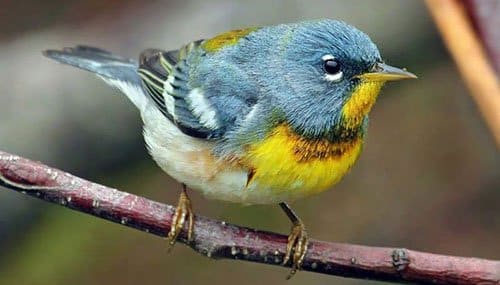
“It’s really an enjoyable float, even in summer,” Bartlow said. “The backwater areas have plenty of shade to stay comfortable, and you’re likely to see a variety of songbirds and wildlife. Prothonotary warblers, yellow-billed cuckoos, and painted buntings are some of the colorful birds that call the area home, not to mention beavers, mink and all sorts of reptiles. Then in winter, the area comes to life with migrating waterfowl. Just be sure to know when waterfowl hunting season is open and be mindful that the area is used by many people for different pursuits.”
Another pursuit paddlers can engage in along the water trail is the ample fishing throughout the St. Francis River. Bass, crappie, bream and catfish all make excellent targets in backwater portions of the river, and the area was once known for trophy-quality alligator gar fishing. A lightweight rod-and-reel combo and a handful of spinners, crappie jigs and soft-plastic lures should provide plenty of action for paddlers looking for an extra bit of excitement.
Visit www.agfc.com/watchablewildlife to learn more about the AGFC’s watchable wildlife opportunities.
Recent News
Subscribe to Our Weekly Newsletter E-mails
Don’t miss another issue. Sign up now to receive the AGFC Wildlife Weekly Newsletter in your mailbox every Wednesday afternoon (Waterfowl Reports are published weekly during waterfowl season and periodically outside the season). Fishing Reports arrive on Thursdays. Fill in the following fields and hit submit. Thanks, and welcome!

